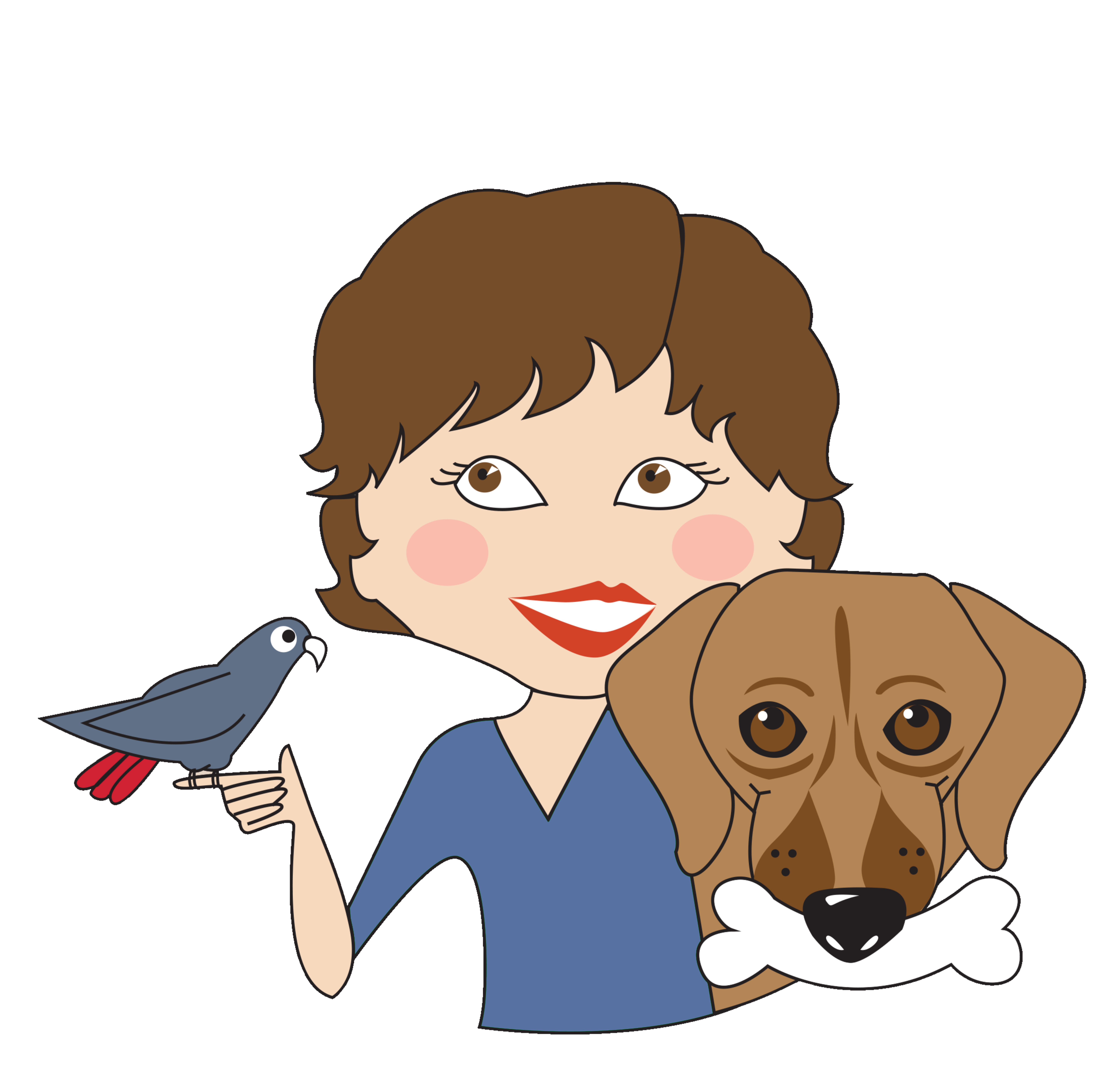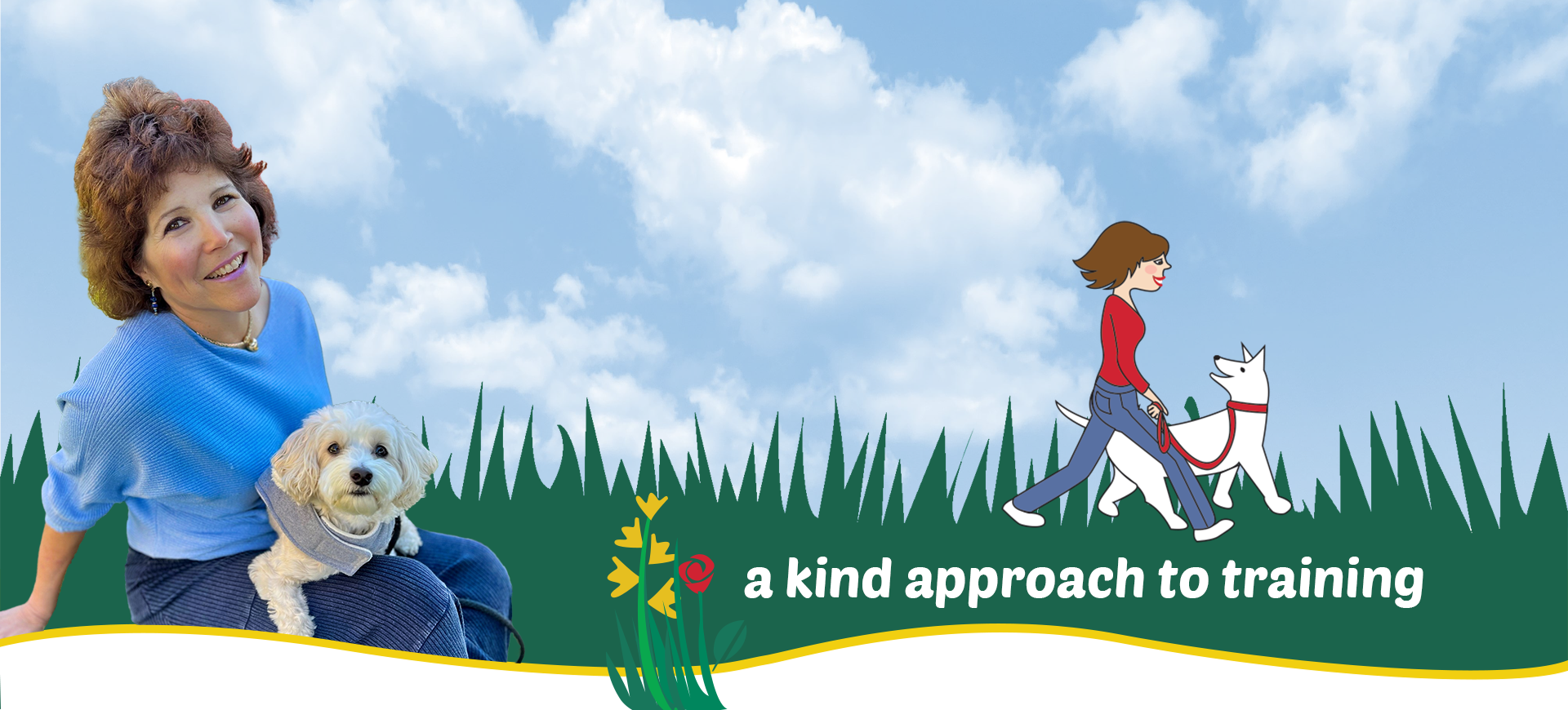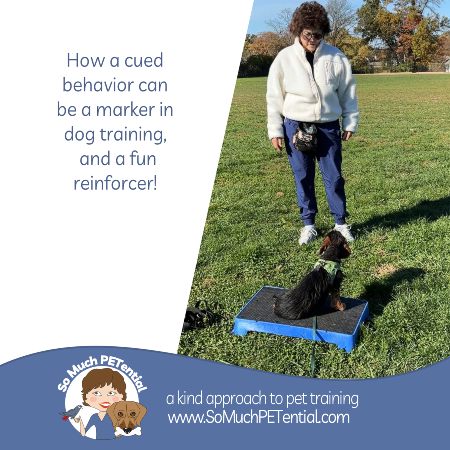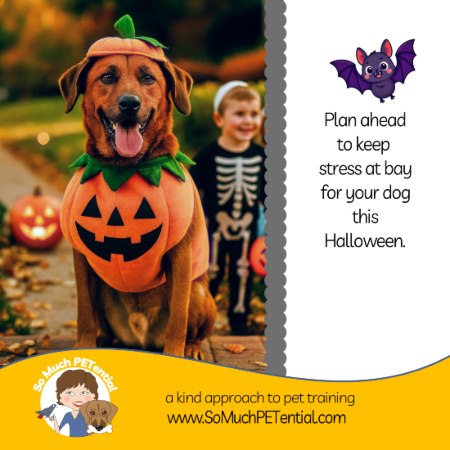Paying attention to your dog’s body language and communication builds trust and comfort. It can go a long way to support your dog’s need for safety in his interactions with you. Teaching your children how to recognize this is also very important. If you live in the Cincinnati area, I have free kids classes on being a safe and fun dog friend and teacher.
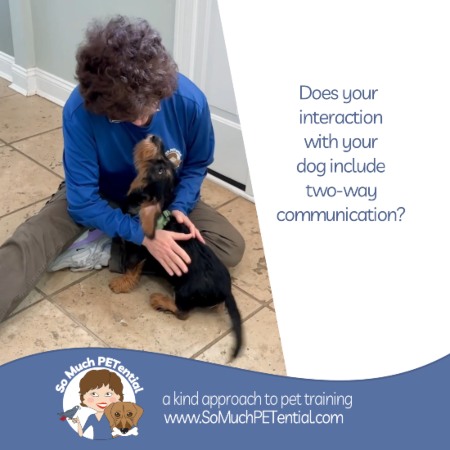
When I am training a dog, or just hanging out with a dog, I am always paying attention to what that dog is sharing with me through body language about how he is feeling in that moment. He will use his face, his body, his tail to indicate whether he is enjoying the moment or feeling stress, and/or wanting space.
That communication can change quickly so being flexible to adjust what or how I am doing something can be the difference between a dog that is showing avoidance and a dog that is engage.
Some ways a dog may use body language to indicate wanting distance:
a yawn
tense muscles
furrowed brow
tongue flick
body shake off
turning or moving away
change in breathing
rolling over to expose belly (with tense muscles and either looking away or staring)
growling
It is very important to practice seeing your dog’s behaviors and giving your dog space or stopping what you are doing when he is communicating stress and/or avoidance. If you do not, your dog’s behavior will continue to escalate. Please see this post on why you should not punish your dog for growling.
If a dog rolls over to expose his belly when I am doing something such as moving into his space or leaning over him, I will stop what I am doing and encourage that dog to get up. That information tells me I need to change my behavior and take steps to help that dog feel better about that interaction.
In the video below, my little training buddy, Schnitzel – a wire haired dachshund puppy in Cincinnati, is wiggly and soliciting more attention. When he rolls over, he is still soft and wiggly. He has full choice to move away but he is choosing to continue the interaction.
If he had moved away, I would not have gone after him. I’d give him the choice of whether or not he wanted to come back.
We had a two way line of communication that was building trust and creating a positive association with each other.
I encourage you to practice watching your dog. At any given moment, how is your dog feeling?
Please click here to see another post on the Consent to Pet your dog test.
Please click here to see my post on greeting a sensitive dog.
